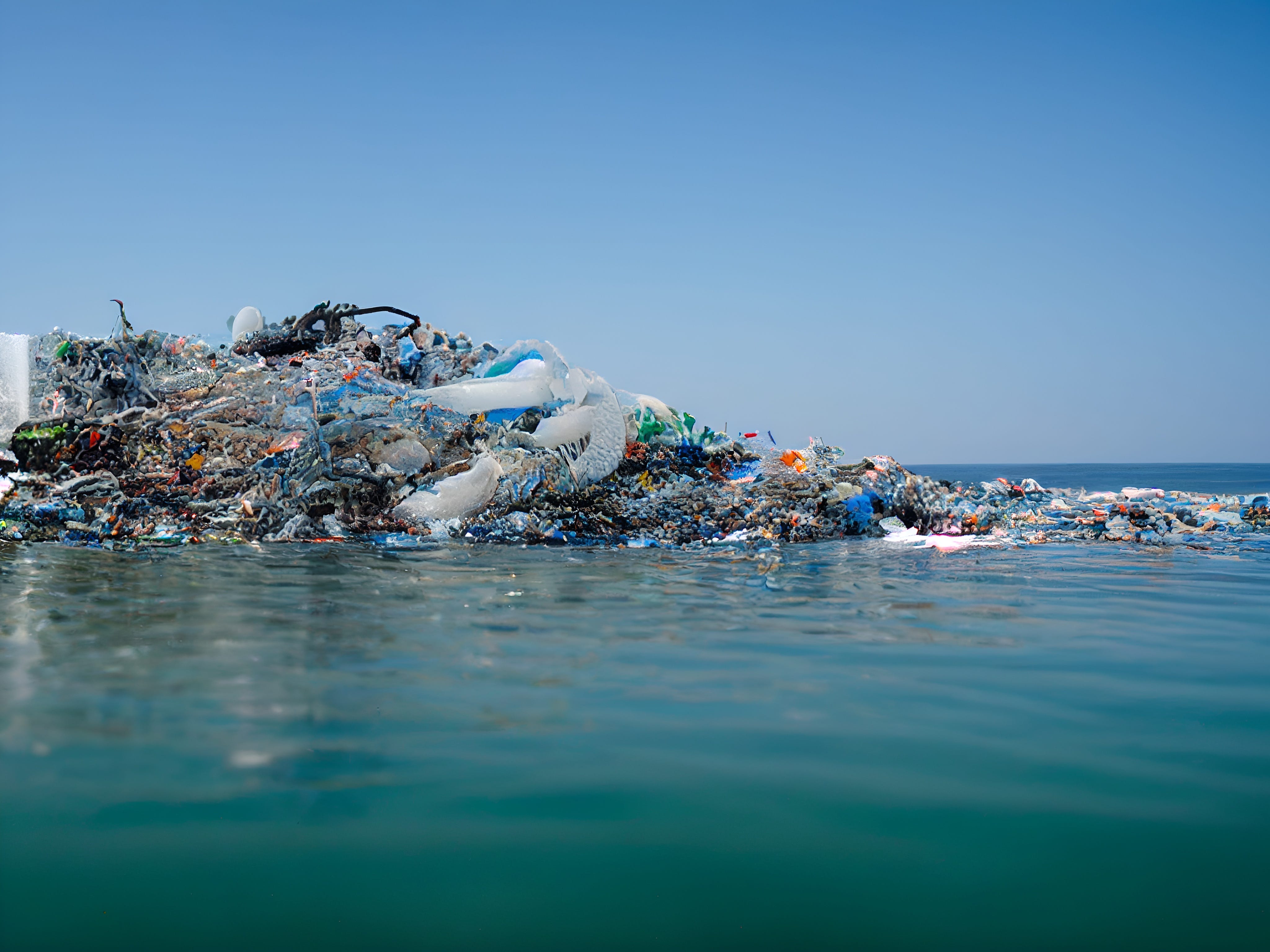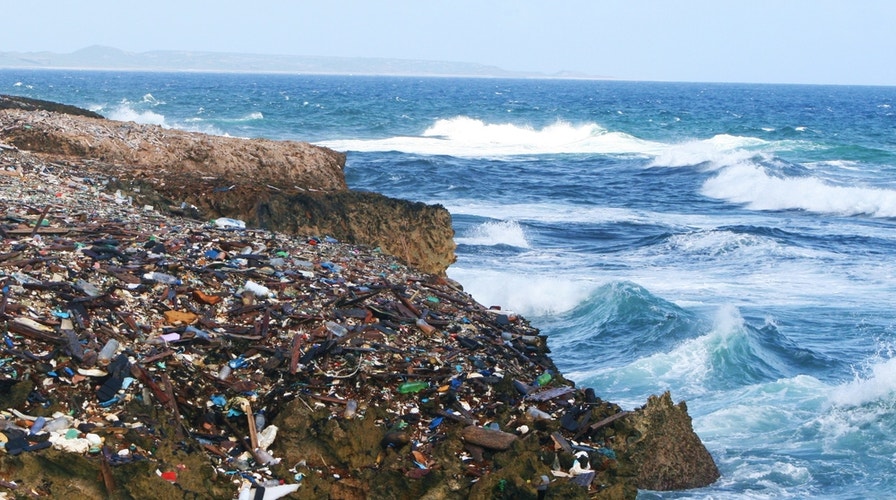You’re Being Lied To About Ocean Plastic
To delve deeper into the details of plastic pollution in the ocean and the common misconceptions surrounding the issue, we need to explore the factors involved in the sources, impacts, and ways in which plastic pollution affects the environment.
### 1. **Sources of Plastic Pollution:**
Plastic pollution is not simply the direct dumping of waste into the ocean, but is the result of human activities, especially from unsustainable industries and consumption practices. Major sources include:
– **Fishing:** Approximately 75-86% of the plastic in the “Great Pacific Garbage Patch” comes from the fishing industry, with tools such as nets, lines, and other fishing equipment being left behind or lost during operations. These materials often do not fully decompose and continue to persist in the marine environment, harming marine life.
– **Industrial waste:** A large portion of plastic comes from industrial waste, especially single-use plastic products such as product packaging, plastic bottles and containers. These materials can end up in the ocean from poorly managed landfills or during the transportation of goods.
– **Household and urban waste:** Millions of tons of plastic are dumped into the ocean each year from coastal cities. This waste mainly comes from households such as water bottles, plastic bags, and other consumer products. Waste treatment systems in many countries are not strong enough to handle the large amounts of plastic, leading to waste overflowing into coastal areas.
– **Land-based runoff:** Plastic from rivers and coastal waterways is also an important factor. Studies have shown that some large rivers, such as the Mekong River in Southeast Asia and the Yangtze River in China, contribute significantly to plastic discharge into the ocean.

### 2. **The Great Pacific Garbage Patch and Common Misunderstandings:**
– **Not a Floating Garbage Patch:** Many people imagine the Great Pacific Garbage Patch as a giant garbage patch visible from space, but it is actually a vast body of water containing many pieces of plastic, mostly microplastics. It is not a floating garbage patch but a “plastic vortex” of small pieces suspended below the surface of the water.
– **A large pollution area but not the only one:** Although the Great Pacific Garbage Patch stands out because of its enormous size, plastic pollution is actually present throughout the oceans. Other areas such as the South Atlantic Garbage Patch and the Indian Ocean Garbage Patch also contain significant areas of plastic.
– **Microplastics and their impact:** A large portion of the plastic in the ocean has broken down into small particles called **microplastics**. Microplastics are plastic particles less than 5mm in size, and they can be present in seawater, sand, and even in marine organisms. These microplastics can be ingested by marine organisms and enter the food chain, affecting human health.
### 3. **The Impact of Plastic Pollution on Marine Ecology:**
– **Impact on Marine Life:** Marine organisms, from shrimp and fish to shellfish and large marine animals such as whales and sea turtles, can ingest plastic. Ingesting plastic can lead to many health problems such as choking, stomach blockage, and other diseases.
– **Death to Marine Animals:** Several studies have shown that millions of marine animals die each year due to plastic. They get caught in abandoned fishing nets or ingest plastic pieces that they do not recognize as food.
– **Chemical pollution and biological impacts:** Plastic in the ocean is not only physical waste but also a “reservoir” for toxic chemicals. Plastic can absorb pollutants from the environment such as pesticides, heavy metals and dioxins. When marine life ingests plastic, they are exposed not only to the plastic but also to these toxic substances.

### 4. **Impact on Humans:**
– **Toxins enter the food chain:** Studies show that when marine life ingests microplastics, the plastic can enter the food chain. This means that humans can be directly affected by eating seafood containing plastic.
– **Impact on human health:** Some studies suggest that microplastics can cause health problems such as hormone disruption, allergies, and may even contribute to diseases such as cancer. However, research is still being done to better understand the long-term effects of microplastics on human health.
### 5. **Challenges in Solving Plastic Pollution:**
– **Insufficient recycling:** Although plastic recycling is part of the solution, the current global plastic recycling rate is very low at around 10%. Plastic recycling is difficult because plastics are often mixed with many different materials, and most recycling facilities cannot handle complex plastic products such as consumer products or low-quality plastics.
– **The reality of reducing plastic use:** One of the important measures to reduce plastic pollution is to reduce









